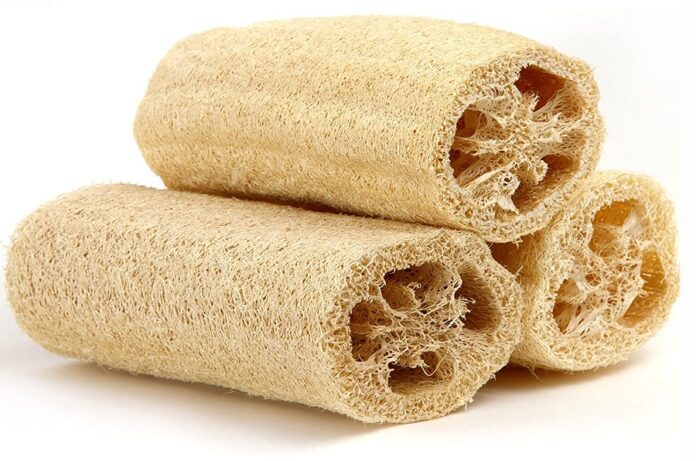When it comes to showering, using the right tool can make a significant difference in the health and appearance of your skin. Loofahs have been used for centuries for their exfoliating properties, and they come in various shapes and sizes. However, not all loofahs are created equal, and choosing the right one can make all the difference. In this article, we’ll explore the different types of loofahs available and how to choose the right one for you, including sustainable options.
Natural Loofahs
The most common type of loofah is the natural loofah, which is made from the fibrous skeleton of the Luffa cylindrica plant. These loofahs are biodegradable and compostable, making them a sustainable option for those looking to reduce their environmental impact. Natural loofahs are also gentle enough for daily use and work well for exfoliating the body.
Synthetic Loofahs
Synthetic loofahs, also known as mesh loofahs, are made from nylon or other synthetic materials. While they may feel softer on the skin, they are less effective at exfoliating than natural loofahs. Additionally, synthetic loofahs are not environmentally friendly, as they are not biodegradable and can contribute to plastic pollution.
Konjac Sponges
Konjac sponges are made from the root of the konjac plant and are a popular alternative to traditional loofahs. These sponges are gentle on the skin and work well for both exfoliating and cleansing. Konjac sponges are also biodegradable and compostable, making them a sustainable option.
Silicone Loofahs
Silicone loofahs are a newer option on the market and are made from silicone, making them durable and long-lasting. They are also easy to clean and hygienic, as they do not trap bacteria like traditional loofahs can. However, silicone loofahs are not biodegradable and are not an environmentally friendly option.
How to Choose the Right Loofah
Consider Your Skin Type
When choosing a loofah, it’s essential to consider your skin type. If you have sensitive skin, a natural loofah or konjac sponge may be the best option, as they are gentle and less likely to irritate the skin. If you have oily or acne-prone skin, a synthetic loofah or silicone loofah may be a better choice, as they are more effective at removing dirt and oil from the skin.
Consider Your Body Parts
Different parts of the body require different levels of exfoliation. For example, the skin on your face is more delicate than the skin on your body and requires a gentler exfoliating tool. Consider choosing a smaller loofah or konjac sponge for your face and a larger loofah for your body.
Consider Sustainability
If sustainability is a priority for you, opt for a natural or konjac loofah. These options are biodegradable and compostable, making them a more eco-friendly option than synthetic or silicone loofahs.
Choosing the right loofah can make a significant difference in the health and appearance of your skin. Natural and konjac loofahs are sustainable options that are gentle on the skin and effective at exfoliating. Synthetic and silicone loofahs may be more effective at removing dirt and oil, but they are not biodegradable and contribute to plastic pollution. When choosing a loofah, consider your skin type, body parts, and sustainability goals to find the best option for you. With the right loofah, you can enjoy the benefits of exfoliation, such as softer, smoother, and brighter skin.
Additionally, by choosing a sustainable loofah, you can also contribute to the health of the planet and reduce your environmental impact. Remember to replace your loofah regularly and keep it clean and dry between uses to prevent bacteria growth and prolong its lifespan. Ultimately, whether you prefer a natural, synthetic, or silicone loofah, using this exfoliating tool in your shower or bath routine can help improve the health and appearance of your skin, making you feel refreshed, renewed, and rejuvenated.






















